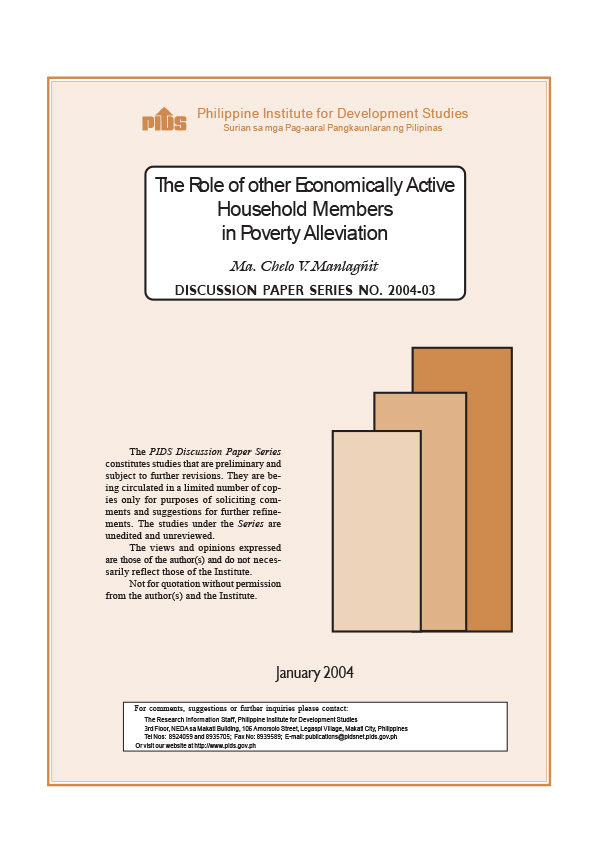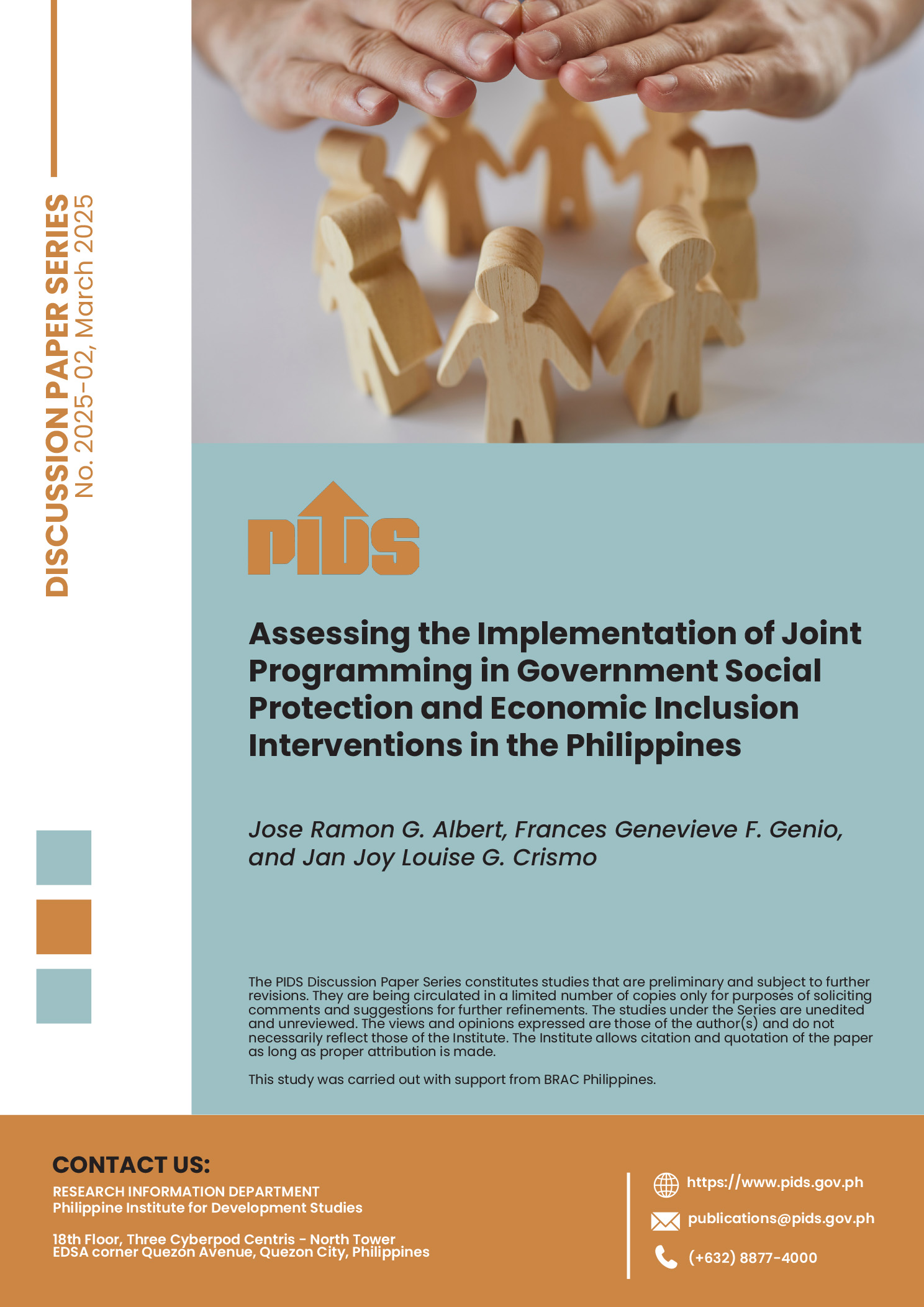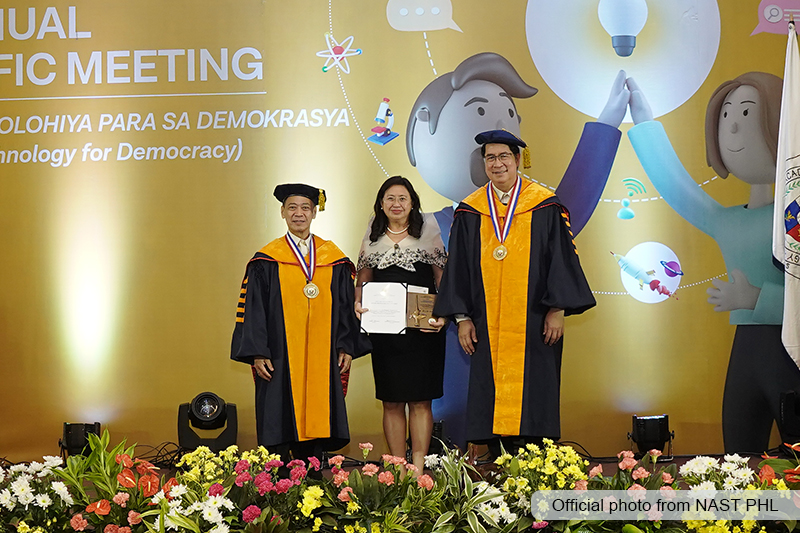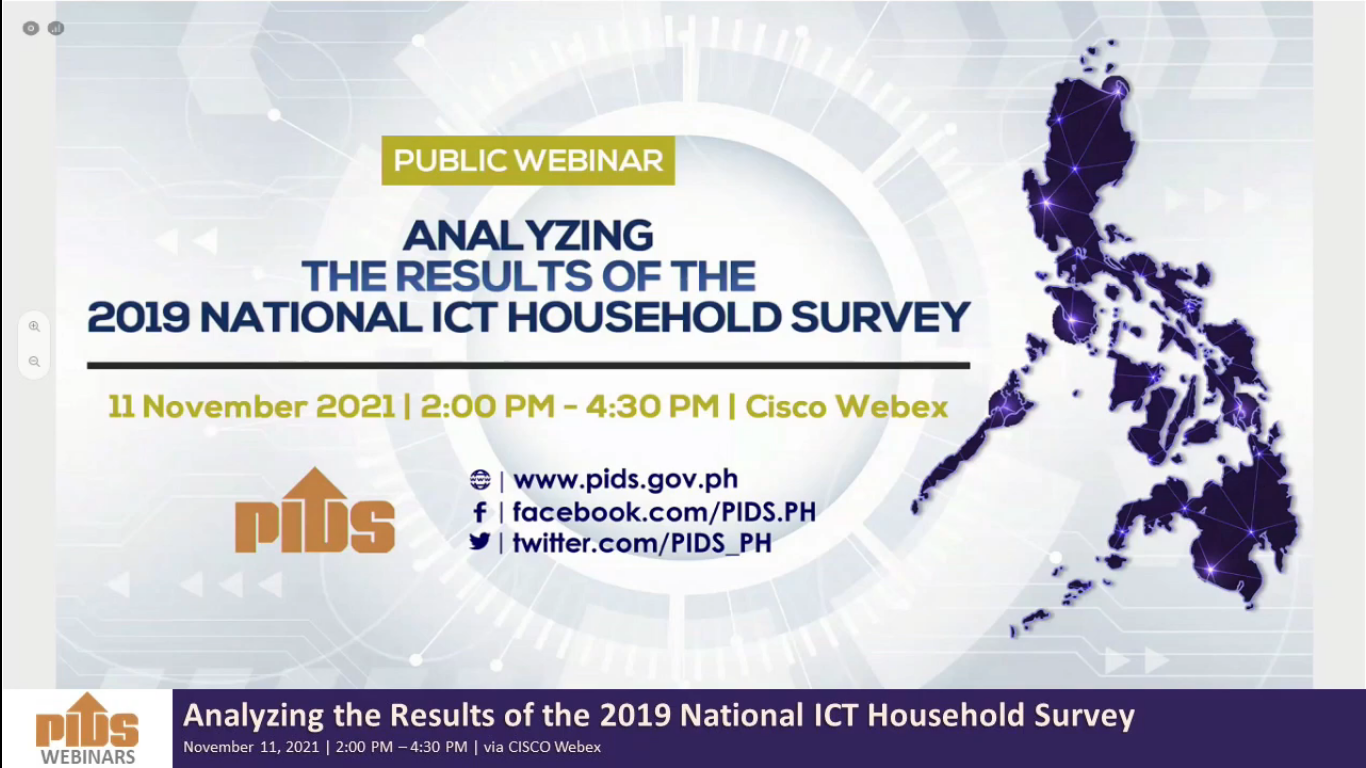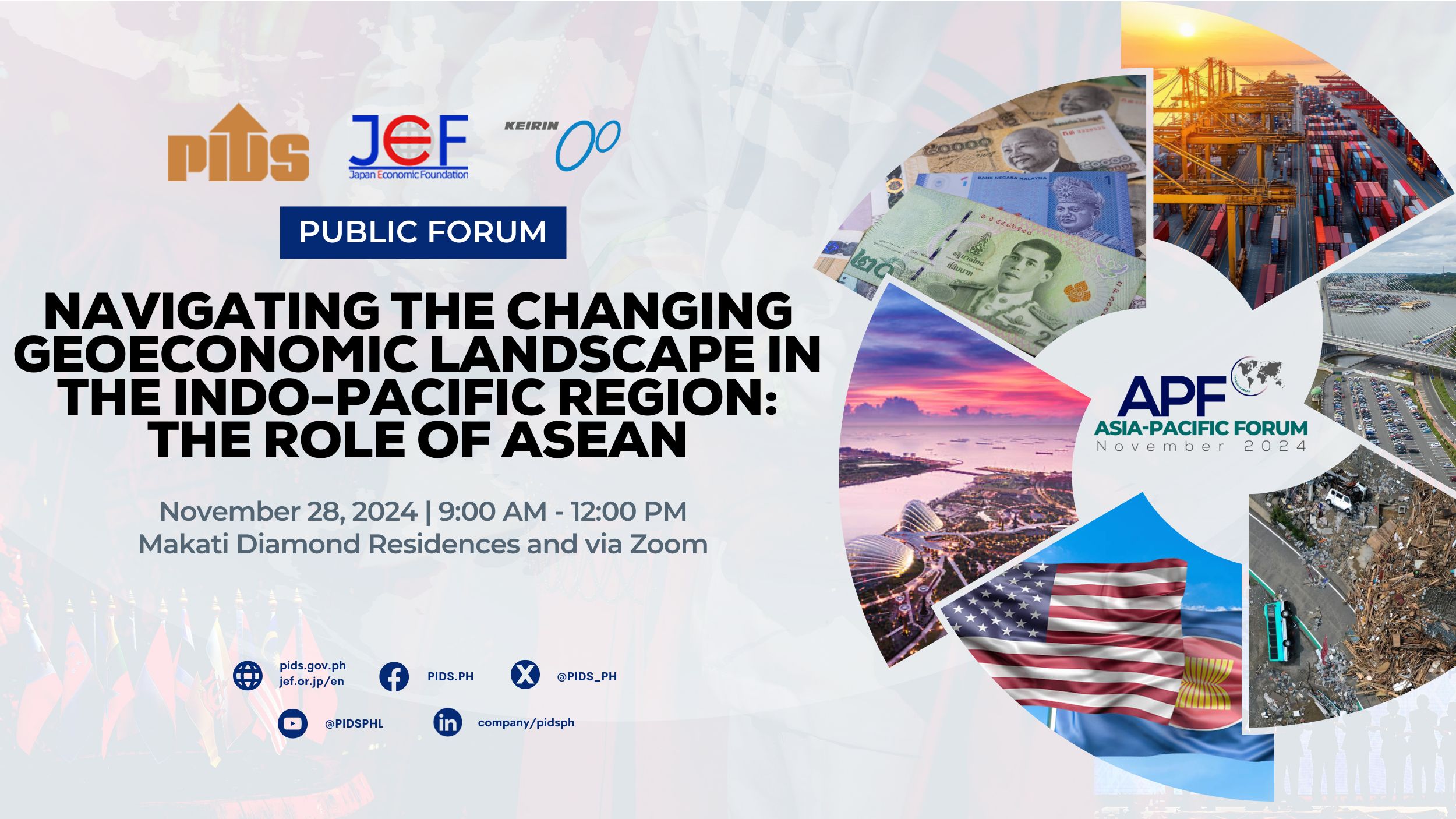This paper extends the analysis on microfinance and poverty from the household perspective by focusing on the role of other economically active household members in alleviating household poverty. Results show that additional other economically active household members expand the pool of income earners in the households and this points to the significance of mobilizing additional household labor in the reduction of dependence on a single source of income in the household. Specifically, results from the earnings regression analysis and logit analysis indicate congruence with generally accepted theory on poverty, that is, the number of other economically active household members, their education, age (as proxy to experience) and employment status contribute to the income generation of a household and therefore, have a positive effect in reducing the probability of a household being poor. This implies that a household is more likely to be nonpoor if it has a greater number of other economically active household members because the effects of these explanatory variables to the households’ total income are interpreted as having the opposite effects on poverty.
Citations
This publication has been cited 2 times
- Haile, Kaelab K., Eleonora Nillesen, and Nyasha Tirivayi. 2019. Impact of formal climate risk transfer mechanisms on risk-aversion: Empirical evidence from rural Ethiopia. CESifo Working Paper Series 7717. CESifo.
- Haile, Kaleab K., Eleonora Nillesen, and Nyasha Tirivayi. 2020. Impact of formal climate risk transfer mechanisms on risk-aversion: Empirical evidence from rural Ethiopia. World Development, 130(C). Elsevier.

